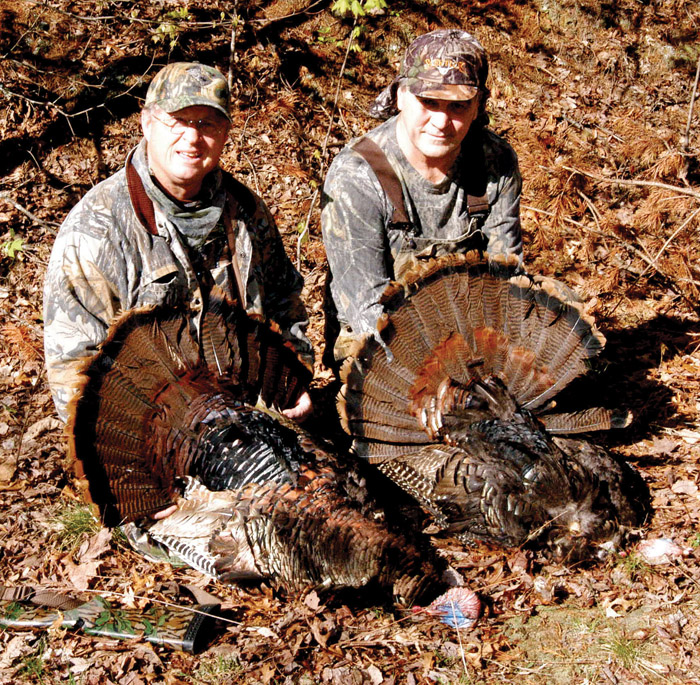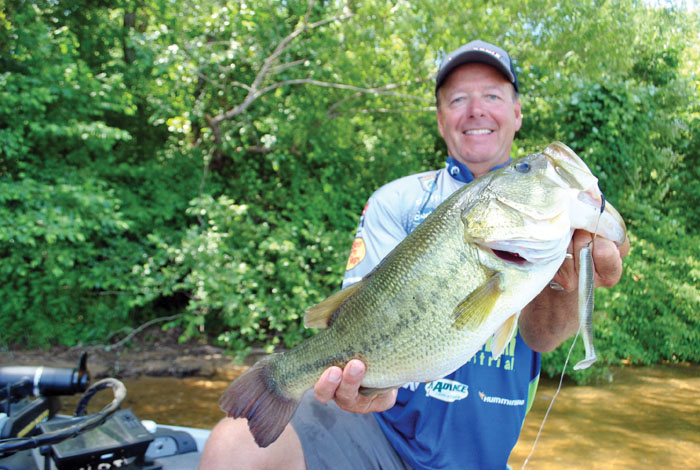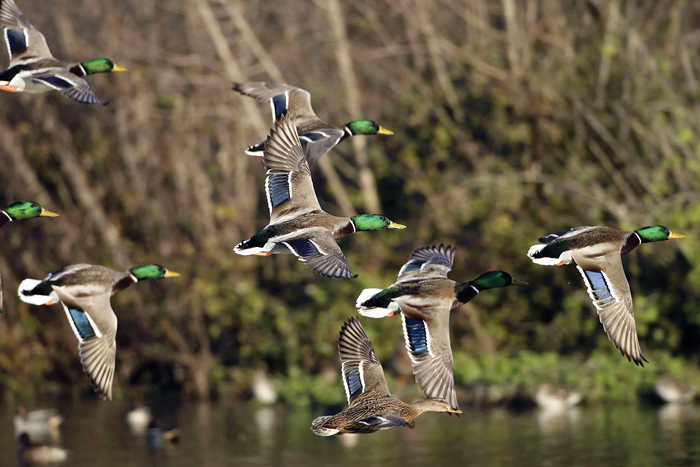A walk in the woods: Acts of kindness save wild birds at waterfowl rescue center
Published 12:00 am Thursday, October 1, 2009
By Melody Bell Wilkes
For the Salisbury Post
The telephone rings. It is an anxious caller reporting a wild bird that is suffering from an injury.
A wildlife rehabilitator answers the phone and reassures the caller that help is on the way. The injured bird is a Great Blue Heron, the largest heron in North America with a 6-foot wingspan.
It now lies immobile with a fractured leg. Without help, the bird can no longer feed and find refuge efficiently on its own and can die of starvation, infection or predation.
This phone call, like many others, is an everyday occurrence at a waterfowl wildlife rehabilitation facility that services the needs of injured, ill or orphaned ducks, geese, cranes, egrets and herons.
Critics of wildlife rehabilitation say, “Let nature take its course” ó indicating the wild animal should be allowed to meet its natural fate. However, records show the majority of these birds are suffering from human intervention and not by “natural” occurrences.
Some of the problems are accidental, others intentional and many are preventable. Mishaps occur when wild birds are confronted with autos, trains, mowers, high line wires, firearms, traps, kids throwing stones, picture windows, poisons, oil spills and pets. Rehabilitators ease the suffering of these animals by either caring for them until they can be released or humanely euthanizing them.
As birds are brought into the hospital, they are examined and diagnosed through a program of veterinary care, hospital care, feeding, medicating, physical therapy, exercising and pre-release conditioning. The main goal is to get the animal healthy and back into the wild as soon as possible with the least amount of human contact.
Caring for the animals is tedious work that can take hours to get one successful bird release. Depending on the condition, some birds can stay at the hospital for only a few days. Others with more serious problems will take months to heal before release.
Licensed wildlife rehabilitation facilities thrive on volunteers and an outpouring of community support of financial and material needs to keep operations running. These dedicated wildlife professionals receive no payment for their efforts. Their satisfaction is derived from seeing the animals return safely to the wild.
Money received helps cover medical expenses, housing, food and other needs for the welfare of the animals. Many rehabilitators are involved in research, captive propagation, reintroduction projects, public education programs and habitat preservation.
Fortunately for waterfowl in this area, one facility exists to handle emergencies: the Carolina Waterfowl Rescue, a nonprofit charitable organization. More than 800 animals have been treated there this year. Patients include a goose shot with an arrow, a Pekin duck deliberately run over by a car, a flock of oiled geese and an injured Sandhill crane.
Brad, a Canada goose with a nail in its neck, was apparently shot with a nail gun and the nail was lodged between his airway and esophagus. Jennifer Gordon, director, and her team of volunteers at Carolina Waterfowl Rescue successfully captured, treated and released the goose.
The rescue group outgrew its original site a few months ago and relocated to a larger area. Recently, the landlord informed the group that rent was going to triple. This financial hardship will either force the facility to shut down or to raise more money through donations. Another option is to buy land, which will require community financial support.
If you want to help Carolina Waterfowl Rescue either with a donation, volunteer support, medical supplies, materials or if you have a contact to help secure them some land, visit www.carolinawaterfowlrescue. com or e-mail waterfowlrescue@ aol.com.
n n n
Melody Wilkes is owner of A Walk in the Woods, an environmental education company that provides outreach wildlife programs. Contact her at 704-436-9048 or visit www.awalkinthewoods.us.




